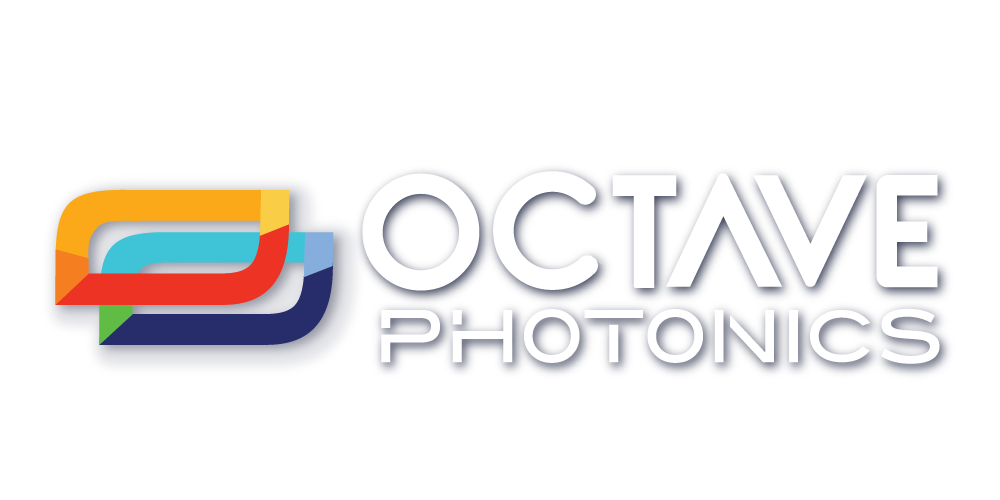Exoplanet Detection with Astrocombs
Astronomers have long searched to find planets orbiting around distant stars (exoplanets). However, the distances to such planets are so large, that direct observation with a telescope is extremely difficult. However, recent technological innovations have enabled several indirect methods for observing the characteristics of exoplanets. For example, the “transit method” looks for planets that pass between a distant star and Earth, and it can provide information on the radius and the composition of the planet. But, to know if a planet is an Earth-like planet, it’s necessary to know both the radius and the mass of the planet.
In order to observe the mass of an exoplanet, astronomers use a method known as precision radial velocimetry (PRV). The PRV method relies on the fact that, when a planet orbits around a star, the planet exerts a gravitational pull on the star, which causes the star to accelerate back and forth as the planet completes its orbit. This back-and-forth movement of the star causes tiny red and blue doppler shifts of the light that we see from the star.
Astronomers on Earth collect the light from these stars with giant telescopes and use a spectrograph to observe the light’s spectrum. They can then observe the spectrum periodically for several years to see if the spectral features are oscillating, which indicates an orbiting exoplanet! But, there is a problem – because the doppler shifts are tiny, any small drift in the alignment of the spectrograph (which could be caused by minor temperature changes) will obscure the true signal.
The solution is to constantly calibrate the spectrograph with a light source with a known spectrum. While atomic emission lamps can provide scattered peaks at known frequencies, the ideal calibration spectrum looks like a ruler, with evenly spaced peaks of known wavelength and a flat spectrum. Optical frequency combs are well suited to produce such a spectrum. While traditional frequency comb lasers do indeed have evenly spaced peaks and a reasonably flat spectrum, the spacing between the comb teeth is so fine (approximately 100 MHz) that this “ruler” cannot be resolved by the spectrograph. Astronomers need a frequency comb with spacing of somewhere in the range of 10 to 30 GHz, which is sometimes referred to as an “Astrocomb”, due to the applications in astronomy.
Fortunately, an unusual type of laser frequency comb called an electro-optic comb (EO comb) can operate at many GHz repetition rates and provides the appropriately spaced “ruler” for calibrating the spectrograph. EO combs are typically narrowband, but when combined with supercontinuum generation waveguides, very broadband spectra can be generated, covering the entire range of many astronomical spectrographs. Additionally, EO combs are stable, robust, and reliable.
Thus, some observatories are currently using EO combs combined with supercontinuum generation waveguides as the gold standard for astronomical spectrograph calibration.
Octave Photonics provides packaged waveguide-based devices that can be customized to provide a flat broadband spectrum for spectrograph calibration. Additionally, Octave Photonics can provide full EO-comb based astrocomb solutions.
Contact us today for more information.
Further reading:
D.R. Carlson, D.D. Hickstein, W. Zhang, A.J. Metcalf, F. Quinlan, S.A. Diddams, S.B. Papp. Ultrafast electro-optic light with subcycle control. Science 361, 1358 (2018). [arxiv:1711.08429]
A.J. Metcalf, et al. Stellar spectroscopy in the near-infrared with a laser frequency comb. Optica 6, 233 (2019).


